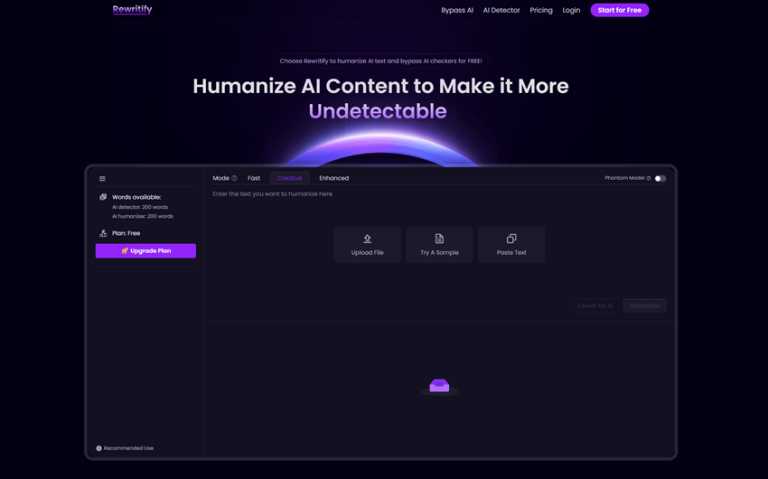Innovative Technology Solutions For Streamlining Hospice Billing And Revenue Processes
Efficient billing and revenue cycle management are crucial for hospice providers. Given the complexity of regulations and the necessity to optimize financial operations, the need for comprehensive billing services for hospice has never been more apparent. This blog post explores new technological solutions that can revolutionize the billing and revenue processes in hospice care, ensuring accuracy, compliance, and efficiency.
Understanding The Challenges In Hospice Billing
Hospice billing is inherently complex due to the sensitive nature of end-of-life care and the intricate systems of insurance and Medicare involved. One major challenge is ensuring compliance with constantly changing regulations, which can lead to discrepancies if not managed carefully. Additionally, the manual processes often associated with billing lead to errors and inefficiencies, delaying reimbursement and affecting cash flow.
Furthermore, managing patient data securely while maintaining privacy is a significant concern for hospices. These challenges highlight the need for robust technological solutions to streamline billing processes and enhance revenue management.
The Role Of Technology In Revolutionizing Hospice Billing
Technology is pivotal in transforming how hospices manage their billing and revenue cycles. Technology can significantly enhance operational efficiency by automating routine tasks, reducing manual errors, and ensuring compliance with regulatory standards. For instance, Electronic Health Record (EHR) systems can integrate seamlessly with billing software, ensuring accurate and up-to-date patient information.
This integration reduces the likelihood of errors and speeds up the billing process by eliminating redundant data entry tasks. Additionally, technology solutions can provide real-time insights into financial performance, helping hospice administrators make informed decisions quickly.
Automation And AI In Billing Services
The advent of advanced billing services has introduced automation and artificial intelligence (AI) into the hospice billing process. Automation tools can handle repetitive tasks such as claims submission, follow-ups, and payment posting, freeing staff to focus on more strategic activities.
Conversely, AI can analyze large datasets to identify patterns and predict trends, allowing hospices to optimize their billing strategies. AI can also assist in identifying potential billing errors before they occur, thus reducing the risk of claim denials. By implementing these technologies, hospices can streamline their billing processes, enhance accuracy, and improve cash flow.
Cloud-Based Solutions For Enhanced Flexibility
Cloud-based solutions offer hospices the flexibility and scalability needed to adapt to changing circumstances. These solutions allow hospice billing teams to access data and software applications from anywhere, facilitating remote work and collaboration. Cloud technology also ensures that data is backed up regularly and can be recovered quickly in case of disruption.
Moreover, cloud-based systems often have robust security measures, protecting sensitive patient information from cyber threats. By adopting cloud-based billing solutions, hospices can reduce IT costs, improve data security, and ensure continuity of operations.
The Importance Of Interoperability
Interoperability is a critical component in streamlining hospice billing and revenue processes. It refers to the ability of different IT systems and software applications to communicate, exchange, and use information effectively. For hospices, having interoperable systems means that data from various sources can be integrated into a single platform, providing a comprehensive view of patient care and financial performance.
This integration reduces the chances of errors and omissions, ensuring that billing is accurate and complete. Furthermore, interoperable systems can facilitate better coordination between departments, enhancing overall efficiency and patient care.
Looking Ahead: The Future Of Hospice Billing
As technology continues to evolve, the future of hospice billing looks promising. Innovations like blockchain and machine learning are already making their way into the healthcare sector, offering new possibilities for enhancing billing processes. Blockchain technology, for example, can provide a secure and transparent way to manage transactions and patient records, reducing the risk of fraud and errors.
Machine learning algorithms can help predict patient needs and optimize resource allocation, improving financial performance and patient outcomes. By staying ahead of these technological trends, hospices can be well-equipped to handle future challenges.
Conclusion
Leveraging innovative technology solutions is essential for streamlining hospice billing and revenue processes. Adopting comprehensive billing services for hospice can lead to increased efficiency, accuracy, and compliance, ultimately improving hospice providers’ financial health.
By embracing these advancements, hospices can focus more on providing patients with quality care, ensuring they receive the support they need during one of life’s most challenging times.







